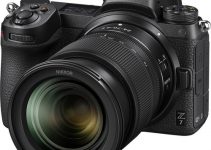There are a lot of newcomers to the cine lens category. All of them have their own history. Some brands came from making cheap lenses and have slowly improved to the point that now they are offering premium glass.
Others went straight to the high-end and challenging established players. And some just went straight for that middle ground of quality glass as respectable prices.
Those three summaries describe three current brands that have become popular in the past few years: Viltrox, Atlas, and DZO. If you are interested in any of these brands – or at least seeing how they compare – you might want to check out this overview from creator Matti Haapoja.
While you might be interested in which of these lenses is the best, this video is actually going to be comparing spherical, 1.33x anamorphic, and 2x anamorphic lenses to see how different the effects are for each. The competitors today are:
- Spherical: DZOFilm VESPID Primes
- 1.33x Anamorphic: Viltrox EPIC
- 2x Anamorphic: Atlas Orion
Just for an initial comparison, you’ll notice that the greater the squeeze on the anamorphic glass the more dramatic the effects in your final image. It also means you will be getting a wider aspect ratio.
Might be something to keep in mind depending on your output since on 16:9 displays the anamorphic lenses will need black bars letterboxing the footage.
Pricing does vary quite a bit between these three companies. The Atlas lenses are by far the most expensive at around $10,000 a lens, the Viltrox come in at around $2,800 each, and the DZOFilm VESPIDs are around $1,400 per lens.
Spherical: DZOFilm VESPID
Starting off with the conventional spherical glass we are looking at the DZOFilm VESPIDs. These are affordable in the big picture and come in with great picture quality.
Color rendering is nice and they are all T2.1 besides the 16mm which is T2.8. Bokeh is mostly circular until you get to the edges and there are some distinct flares that add a bit of character to the image.
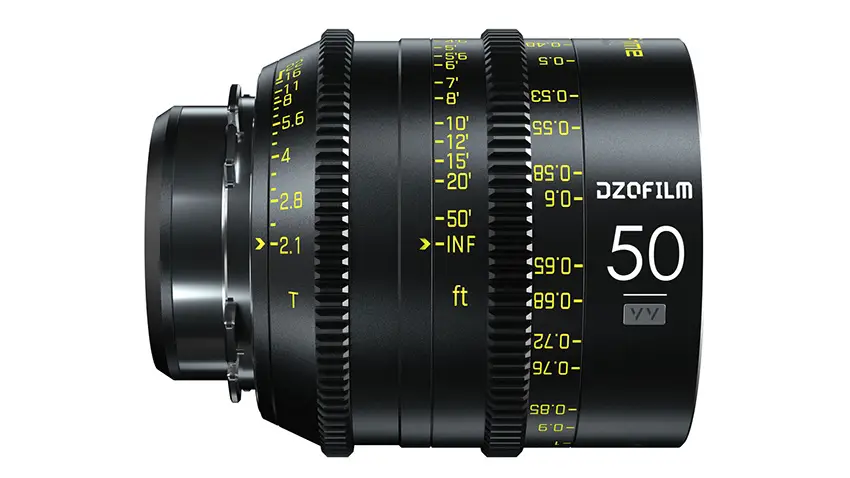
Image Credit: DZOFilm
Physically, these full-frame lenses are still small and light and are a great alternative to spending money on more expensive lenses.
Just as an extra, Matti pulls out a Zhonggi 50mm T1.0 lens. It’s not the best quality glass, but it certainly has a look to it.
1.33x Anamorphic: Viltrox EPIC
The Viltrox EPIC series of 1.33x Anamorphic lenses all are T2 and have the usual anamorphic characteristics.
They are still sharp wide open and all the focal lengths (35mm, 50mm, 75mm) are all the same size.
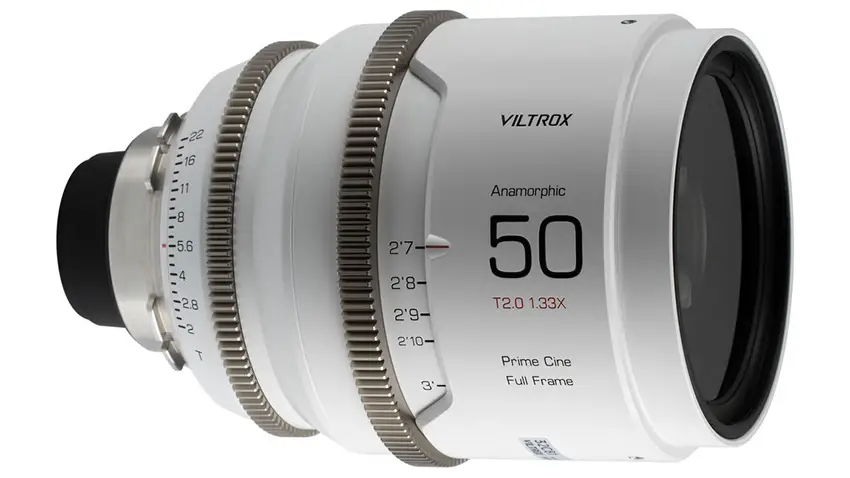
Image Credit: Viltrox
One thing about many anamorphic lenses is that they often don’t have great minimum focus distances. The closest you’ll get with this set is 2.7’ and the 75mm goes up to 3.3’. This can be limiting.
Color rendering skews a bit more green and could be less appealing then the DZO lenses we just saw. Still, those blue anamorphic flares look great.
They don’t flare super easily so you can have more control over just how much it’ll show up in your images.
2x Anamorphic: Atlas Orion
Moving to the most expensive lenses on this list – which are still a good deal in the big picture! – we have the Atlas Orions. These 2x anamorphic lenses are gorgeous.
Compared to the Viltrox lenses you can tell that a lot more care and attention was paid to the color rendering. They can be a touch soft wide open at T2, though this is often a characteristic of anamorphic glass.
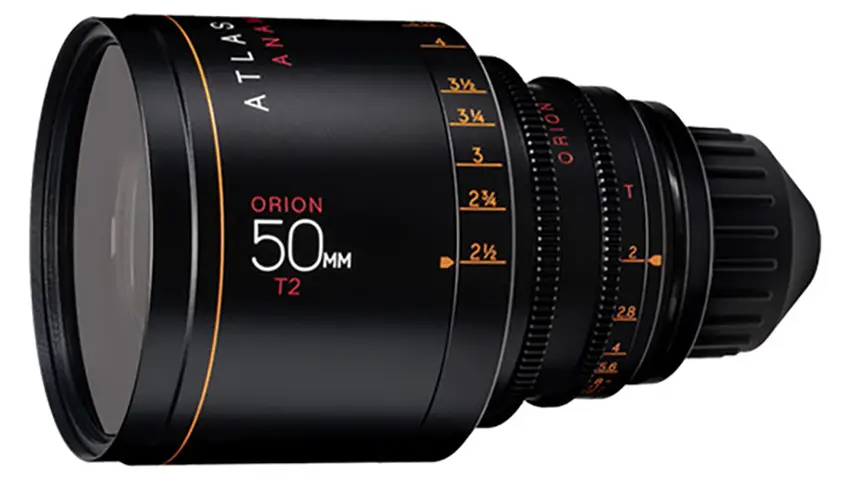
Image Credit: Atlas Lens Co.
The bokeh is what you would expect with a strong oval shape throughout the frame. Contrast is much better than the Viltrox with a softer transition between the different areas.
Flare are beautiful here as well. They actually make two versions: blue and silver flares. This means you can get lenses that’ll perfectly match your vision.
Minimum focus distance is better here, too. The 32mm, for example, can get as close as 1.75’ so you have a lot more native versatility.
All this comes at a cost of actual money and additional size and weight.
Overall Comparison
Obviously, all these lenses look very different from one another. The anamorphics take on that oval bokeh and aggressive flaring along with the ultra-wide field of view.
Spherical lenses are providing a much cleaner native image that is a bit more true-to-life.
One thing to keep in mind is how anamorphic lenses will provide a wider field of view than the focal length implies. It’s only wider on the horizontal axis as you don’t get additional vertical real estate, but it is something to note.
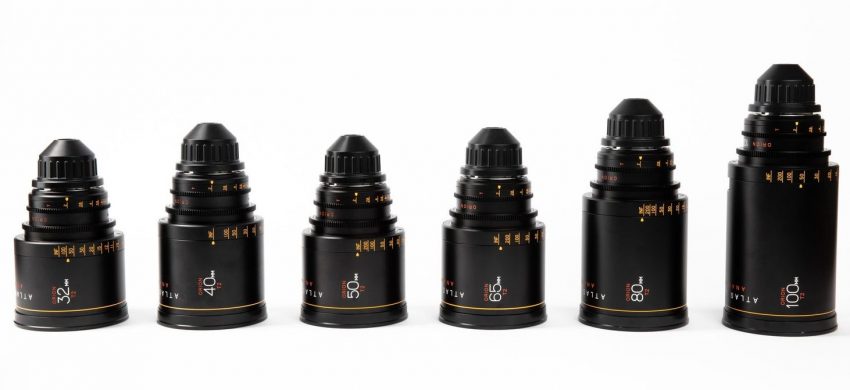
Image Credit: Atlas Lens Co.
Another functional consideration is the aspect ratio of your camera’s sensor. Modern digital cameras often have a 16:9 recording area and with 2x anamorphic glass you are getting a very wide image. The 1.33x are better suited to this since after de-squeezing the footage you end up with a 2.35:1 aspect which is more common.
Now, if you have alternate sensors like 3:2 or 4:3 then those 2x anamorphics become much more appealing since you can make use of the extra vertical height.
So, which is better? In this case I would go between the spherical DZOs or the 2x anamorphic Atlas lenses. The DZOFilm lenses just look great and give a nice clean look. The Atlas lenses are also delivering that classic anamorphic look at if I’m going for it I’m going to want it to be serious.
Which of these did you like the best?
[source: Matti Haapoja]
Order Links:
- DZOFilm VESPID Cine Lens Series (B&H)
- Viltrox EPIC Anamorphic Lens Series (B&H)
- Atlas Lens Co. Orion Anamorphic Lens Series (B&H)
Disclaimer: As an Amazon Associate partner and participant in B&H and Adorama Affiliate programmes, we earn a small comission from each purchase made through the affiliate links listed above at no additional cost to you.
Claim your copy of DAVINCI RESOLVE - SIMPLIFIED COURSE with 50% off! Get Instant Access!



